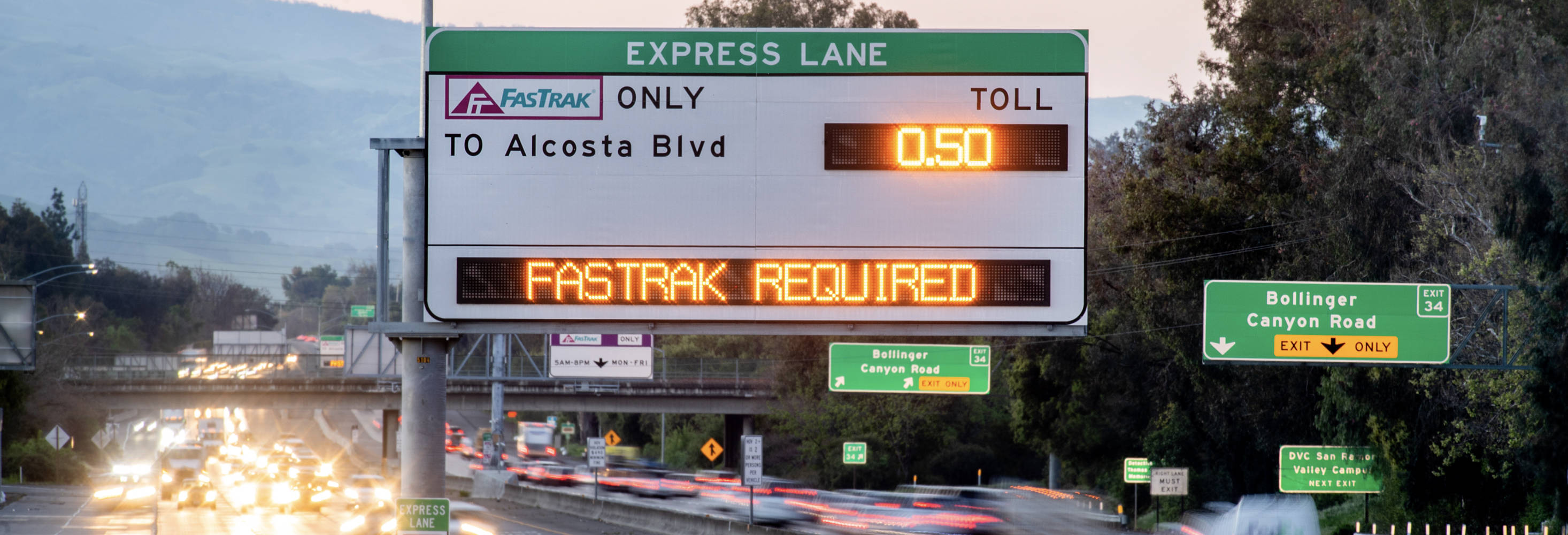Understanding toll violations in California can save you from unexpected fines and legal troubles. In the Golden State, toll roads are a common feature designed to alleviate traffic congestion and maintain road quality. However, failing to pay tolls can lead to significant penalties, especially if violations accumulate over a short period. Whether you're a daily commuter or an occasional traveler, knowing how toll violations work is essential.
In this comprehensive guide, we'll explore the ins and outs of toll violations in California, particularly if you've accrued multiple violations over five days. We will cover the processes involved, potential fines, and how to avoid getting caught in a cycle of penalties. By the end of this article, you’ll have a clearer understanding of what to do if you find yourself facing toll violations.
From understanding the toll system to tips for dealing with violations, our goal is to provide you with actionable information. Let’s dive into the nuances of toll violations in California and how you can effectively manage your toll payments.
Table of Contents
Understanding Toll Roads in California
Toll roads are essential for managing traffic and funding infrastructure projects in California. The state operates various toll roads, bridges, and express lanes, which are designed to provide quicker travel options for drivers willing to pay a fee. The most notable toll facilities include:
- The Golden Gate Bridge
- The San Diego-Coronado Bridge
- The 91 Express Lanes
- The 73, 133, 241, and 261 toll roads in Orange County
Each of these facilities has specific toll rates, and payments can often be made electronically via transponders or through pay-by-plate systems. Understanding how these systems function is the first step in avoiding violations.
What Constitutes a Toll Violation?
A toll violation occurs when a driver fails to pay the required toll at a toll facility. Common reasons for violations include:
- Not having a valid transponder
- Driving through a toll booth without paying
- Using a toll road without registering your vehicle
- Failure to pay a mailed toll notice
Violations can lead to hefty fines, and repeated offenses can escalate the penalties you incur.
Accumulating Violations Over 5 Days
If you accumulate multiple toll violations within five days, the situation can become complicated. Here’s how it typically unfolds:
- Each violation may carry an initial penalty, generally around $25.
- Additional fees can be added for each subsequent violation, potentially leading to fines exceeding $100.
- In cases of repeated violations, the toll authority may escalate actions, including legal proceedings or vehicle registration holds.
Understanding how quickly violations can accumulate is crucial to managing your travel and finances effectively.
Potential Fines and Penalties
The penalties for toll violations in California can vary significantly based on the number of violations and the specific toll facility. Here’s a breakdown of potential fines:
| Number of Violations | Initial Fine | Additional Penalties |
|---|---|---|
| 1 | $25 | None |
| 2 | $25 | $25 for each additional violation |
| 3+ | $25 | Increased fines for each additional violation |
In extreme cases, failure to address toll violations may lead to court appearances and further legal consequences, underlining the importance of prompt resolution.
How to Check Your Toll Violations
Checking for toll violations is straightforward. California’s toll authorities provide online portals where you can:
- Enter your license plate number to view outstanding violations.
- Access payment options for any fines due.
- Review your toll history if you have a transponder.
Regularly checking for toll violations can help you avoid accumulating fines and maintain a clean driving record.
Disputing a Toll Violation
If you believe you've received a toll violation in error, you have the right to dispute it. Here’s how:
- Gather evidence, such as receipts or transponder logs.
- Visit the toll authority’s website to find the dispute process.
- Submit your dispute along with any supporting documents.
It’s essential to act quickly, as there are deadlines for disputing violations.
Preventing Toll Violations
Preventing toll violations involves proactive measures and good practices:
- Always have a valid transponder and ensure it is linked to your vehicle.
- Regularly check the balance on your account to avoid running out of funds.
- Pay any mailed toll notices promptly.
By staying informed and organized, you can avoid the stress and costs associated with toll violations.
Conclusion
In summary, understanding toll violations in California is crucial for all drivers. With the potential for significant fines and legal consequences, it is important to stay on top of your toll payments. If you find yourself facing violations, act quickly to resolve them and prevent further issues. Share your experiences or questions in the comments below, and don’t forget to check out our other articles for more valuable information!
Thank you for reading, and we hope to see you back here for more informative content!
Article Recommendations



ncG1vNJzZmilqZu8rbXAZ5qopV%2BcrrOwxKduaKyfobluwsioo5qsmaS7tHnCmqOinp%2Bnu6qtjKitnqpdanqlrdisZaGsnaE%3D